A Beginner’s Guide to Birding
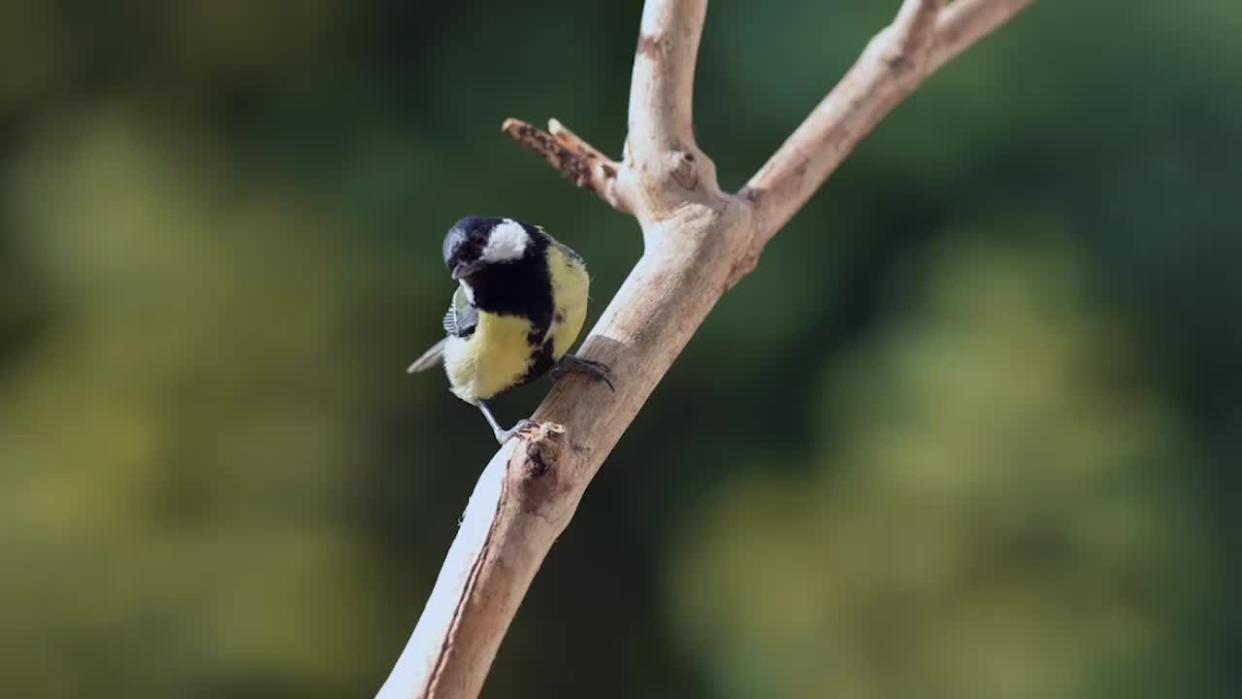
"Hearst Magazines and Yahoo may earn commission or revenue on some items through these links."
If it seems like more people have become bird-watchers lately (even Reese Witherspoon has taken it up), there’s a reason. According to a national survey from the U.S. Fish and Wildlife Service, 96.3 million people (age 16 or older) in the country participated in bird-watching in 2022, a number that’s more than doubled since 2016.
Why the increased interest in our feathered friends? “Affordable, high-quality digital cameras to start with,” says Greg Neise of the American Birding Association. “The ability to take great photos and videos of birds with a phone got more people going out and doing it. Then, along came social media, which gave birders more opportunities to share those pictures.” The advent of birding-specific platforms like eBird—which collects sightings, sound recordings, photos, and video from hundreds of thousands of bird-watchers around the world—also offers citizen scientists the chance to contribute to and interact with the global birding community at large.
The pandemic also led to increased participation in backyard birding. “Many people had to get creative with how to spend their leisure time and where to find community,” says Meghadeepa Maity of Feminist Bird Club. The estimated number of participants in the annual Great Backyard Bird Count, during which birders tally and report sightings from home, more than doubled between 2019 and 2023. The 2020 Global Big Day, a yearly event where bird-watchers around the world document as many bird species as possible within 24 hours, broke participation records and has continued to do so: The May 2023 event saw 58,756 eBirders from 199 countries record 7,636 species.
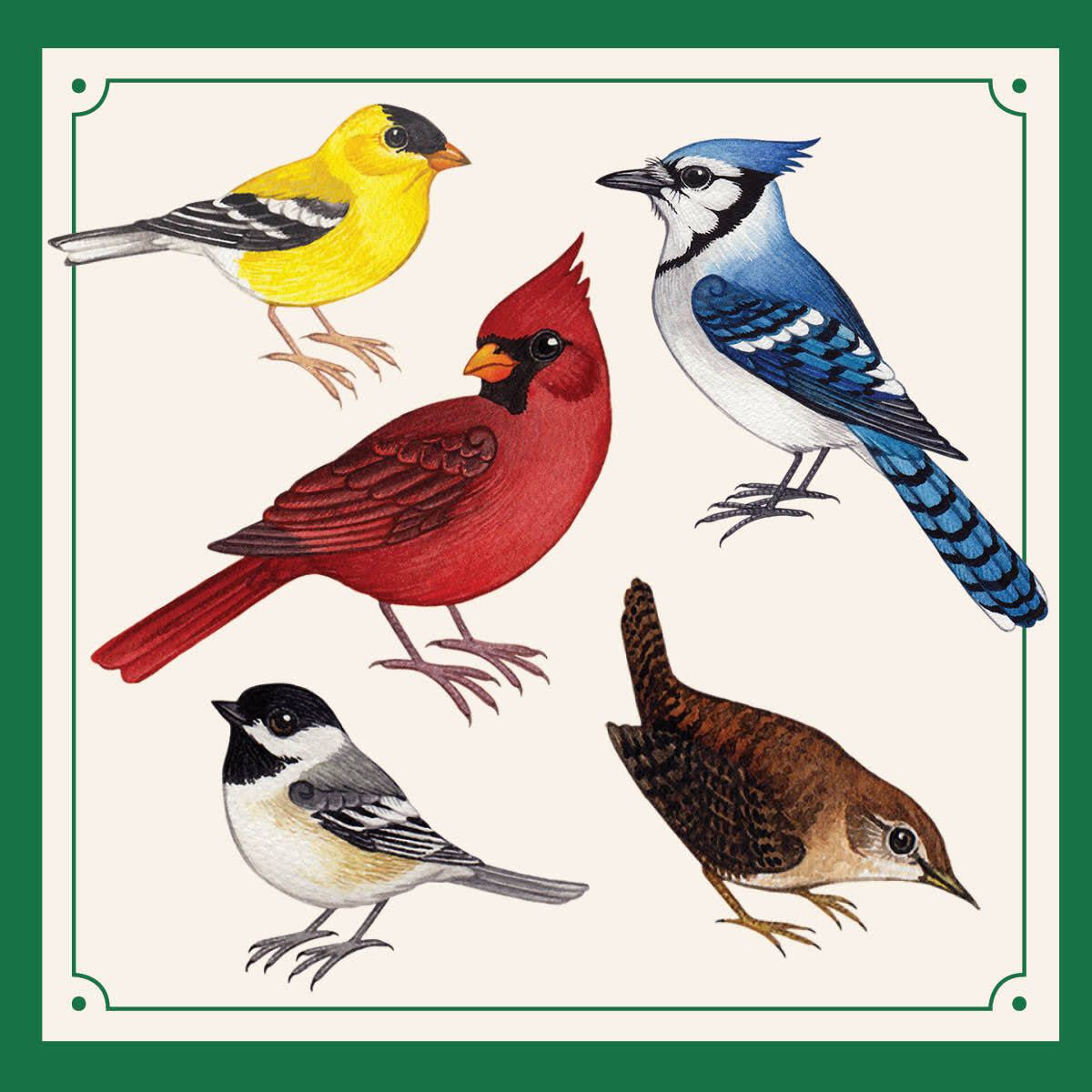
Train your ears by listening for these tunes from feathered friends frequently heard in backyards across the country.
The hobby has also been embraced for its health benefits. “Bird-watching is a great way to connect with nature, and studies show that more time in nature is associated with reduced blood pressure and lower cortisol levels,” says Jennifer Tyrrell, Engagement Manager at Audubon South Carolina. “Mental alertness is also a huge benefit of bird-watching. You’ll often pick up on plants, insects, and other neat wildlife you probably wouldn’t have noticed before!”
It can even be personally transformative. “I was in a dark place five years ago, and I promised myself that instead of dreading the dawn when I couldn’t sleep, I’d try to get up and go birding,” Meghadeepa says. “Everything shifted from there. Birding has made me more observant, patient, and thoughtful, and it’s led me to a community where I can be my most authentic self.”
“For me, it’s been centering,” says Greg. “Birding keeps you humble in a good way. Even after 50 years, I’m still learning new things.”
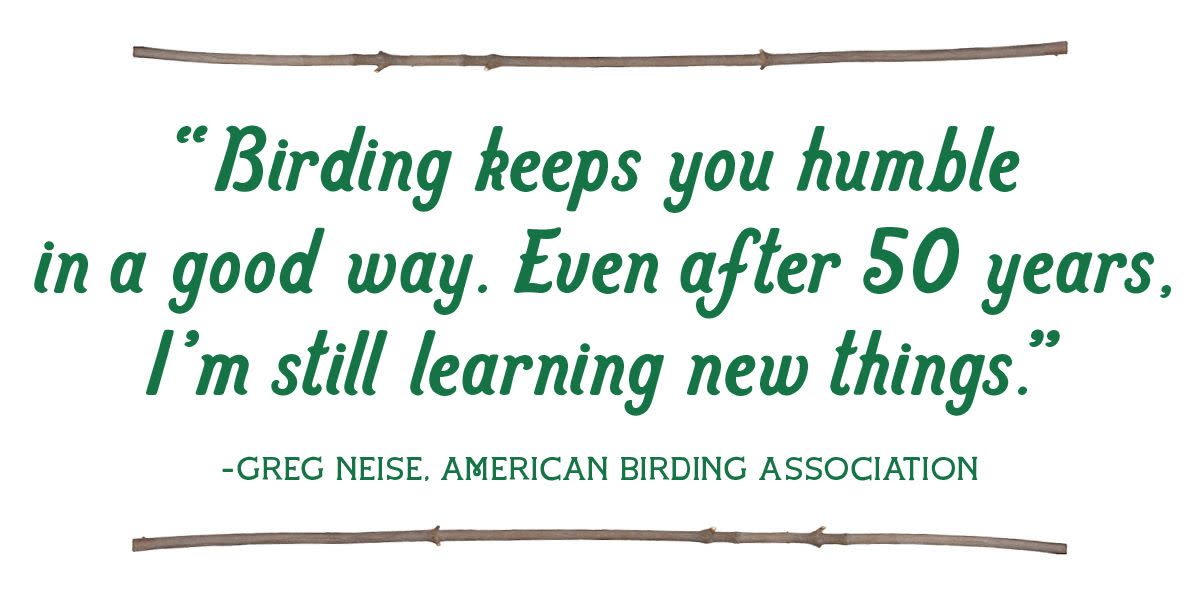
Finally, birding is more accessible than ever, with a host of free resources available via institutions such as the Cornell Lab of Ornithology and organizations like National Audubon Society. Groups have also been more intentional about creating space for novice birders, as well as making the pastime more inclusive.
“Feminist Bird Club has been expanding our virtual events, and we find the majority of our attendees have never participated in a birding event before,” says Meghadeepa. “Anyone who's been inspired or delighted by a bird can now find mainstream social media content that reassures them the term ‘birding’ is theirs to claim, too. Many of us, like Wisco Birder, have started creating content that exemplifies how ubiquitous and infectious bird-joy is.”
Ready for your own birding adventures? Here's how to get started, according to the experts.
1. Download Apps and Gear Up
Start identifying species by photo or bird call via free apps like Merlin Bird ID and the Audubon Bird Guide. eBird, also free, allows users to log their sightings. When it comes to mainstream social media, “If you are on Facebook, the group ‘What’s this Bird?’ is fantastic for posting your identification questions and getting nonjudgmental, detailed feedback,” says Meghadeepa.
The Sibley Guide to Birds, National Geographic’s Field Guide to the Birds of North America, and National Audubon Society’s Birds of North America are found on many birders’ bookshelves. “It’s also handy to have a field guide specific to your state or province,” says Greg, who notes the ABA Area Field Guides contain hundreds of species birders will likely encounter in their region. “I suggest leaving it on your nightstand. Pick a family, like warblers or ducks, to casually leaf through and learn about before bed.”
When it comes to gear, “Binoculars aren’t required, but they do help,” says Matt Johnson, Beidler Forest Center Director, Audubon South Carolina. “Birds don't really want us to be super-close to them, so binoculars provide a great way to look ‘closely’ from a respectable distance. Binoculars range in price, but $100-$150 will get you a fantastic pair that can last for a decade.”
“I’d also recommend asking around to see if anyone has a spare pair you can borrow,” says Meghadeepa. “You’ll be surprised how many lay forgotten in many birders’ attics!” Check with your local birding clubs or libraries about borrowing equipment, too. “Many FBC chapters have partnered with local libraries to curate ‘birding backpacks’ that already have the equipment you need to start.”
2. Start Local
You don’t have to travel to bird-watch (though there are many wonderful destinations birders can add to their bucket list). “Begin by bird-watching in your neighborhood and learn to identify the birds you most commonly see,” says Matt. “It’s much less overwhelming to begin with five to ten species that you’re likely to spot frequently.”
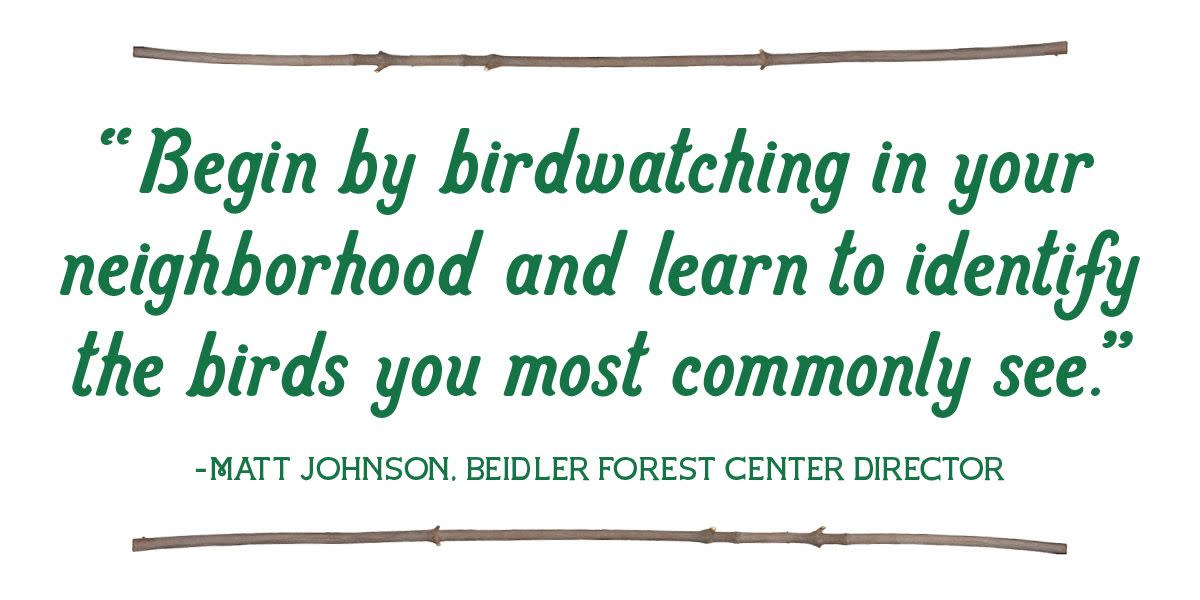
If you want to explore further afield, “Start with habitats where many birds are still and easily visible, like wetlands and water bodies,” says Meghadeepa. “I also like to look for birds in intersections of habitats, like a meadow along a forest edge. Birds are frequently more active in these edge habitats. Most of us find birds by looking for movement and listening for birdsongs. You can also check eBird.org to find out which hot spots local birders go to.”
3. Create a Bird-Friendly Backyard
“If you have access to outdoor space, you can bring birds to you for ID practice with bird feeders,” says Matt. “They stick around longer, and you can observe them more easily. Adding a birdbath, drip line, or other water feature to your outdoor space is a great way to help birds get the daily water they need, and this also may attract new species to your area.” Picking bird-friendly native plants is another way to attract feathered friends. “Natives also make your space beautiful, are easy to care for, and are better for the environment,” Matt adds.
Having a bird-friendly space in your backyard is handy for birding in the early morning, when many species are most active. “The first couple of hours after the sun comes up, when the birds are singing their hearts out, is a magical time,” says Dr. Mike Webster, Director of the Cornell Lab of Ornithology's Macaulay Library and Professor of Ornithology, Dept. of Neurobiology & Behavior. “You’re more likely to see and hear birds early in the day, and the dawn chorus is just beautiful.”
4. Find Your People
While birding can be a solitary pursuit, “Most people benefit from going out with a partner,” says Dr. Webster. “It's like tennis. You want to play with somebody who's just a tad bit better than you are, because you're going to learn a lot.” Going out with more experienced birders allows novices to ask questions and gain from others’ expertise. “And it’s just fun to share the experience.”
To find a birding group in your area, look into local Audubon chapters, browse the ABA’s directory of clubs and organizations by state, or check for nearby chapters of national organizations like Feminist Bird Club. “And, if you run into other people on a trail looking at birds who want to stop and talk, ask!” says Meghadeepa. “Birders are generally a friendly bunch eager to share their knowledge and enthusiasm.”
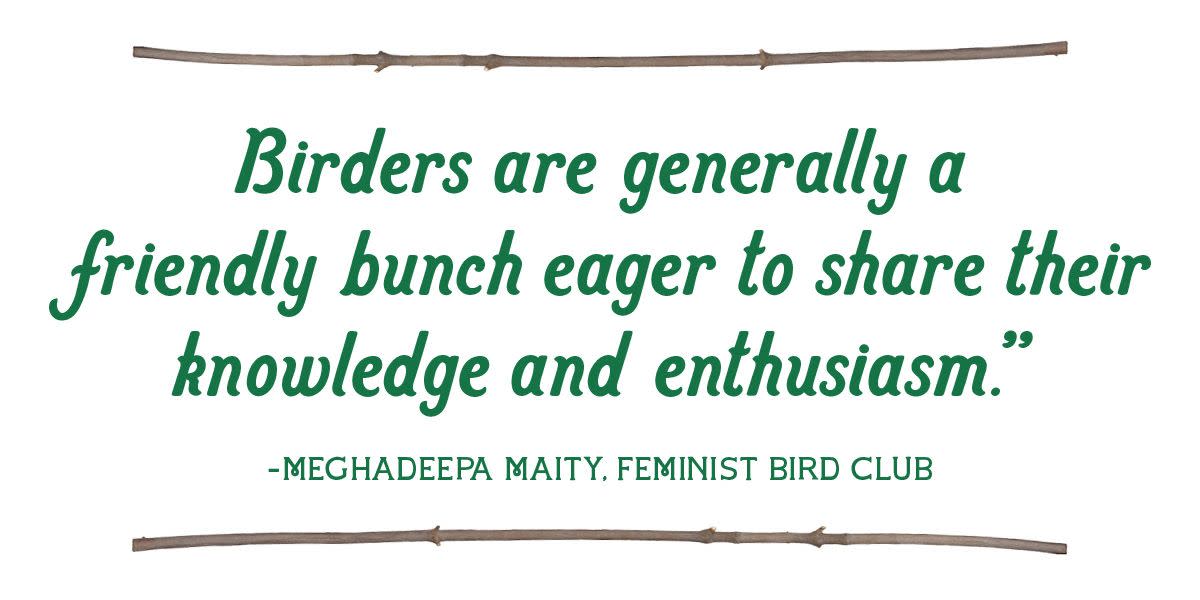
5. Join In
Birders of all skill levels can participate in several community science events throughout the year (e.g. Christmas Bird Count, Great Backyard Bird Count, and Global Big Day). Data collected during these events helps researchers better understand and protect birds. Join activities around nationwide events like Black Birders Week, and check Cornell Lab’s list of birding festivals and events taking place across the country.
Of course, donations help, too. Support organizations like Audubon via the Adoption Center, with gifts providing funding for Audubon’s work across the Americas. Join the ABA, where membership comes with a subscription to Birding, and look into local fundraisers and groups supporting species within your region.
Plan a Trip to One of These Top 10 Best Places to Go Birdwatching in America
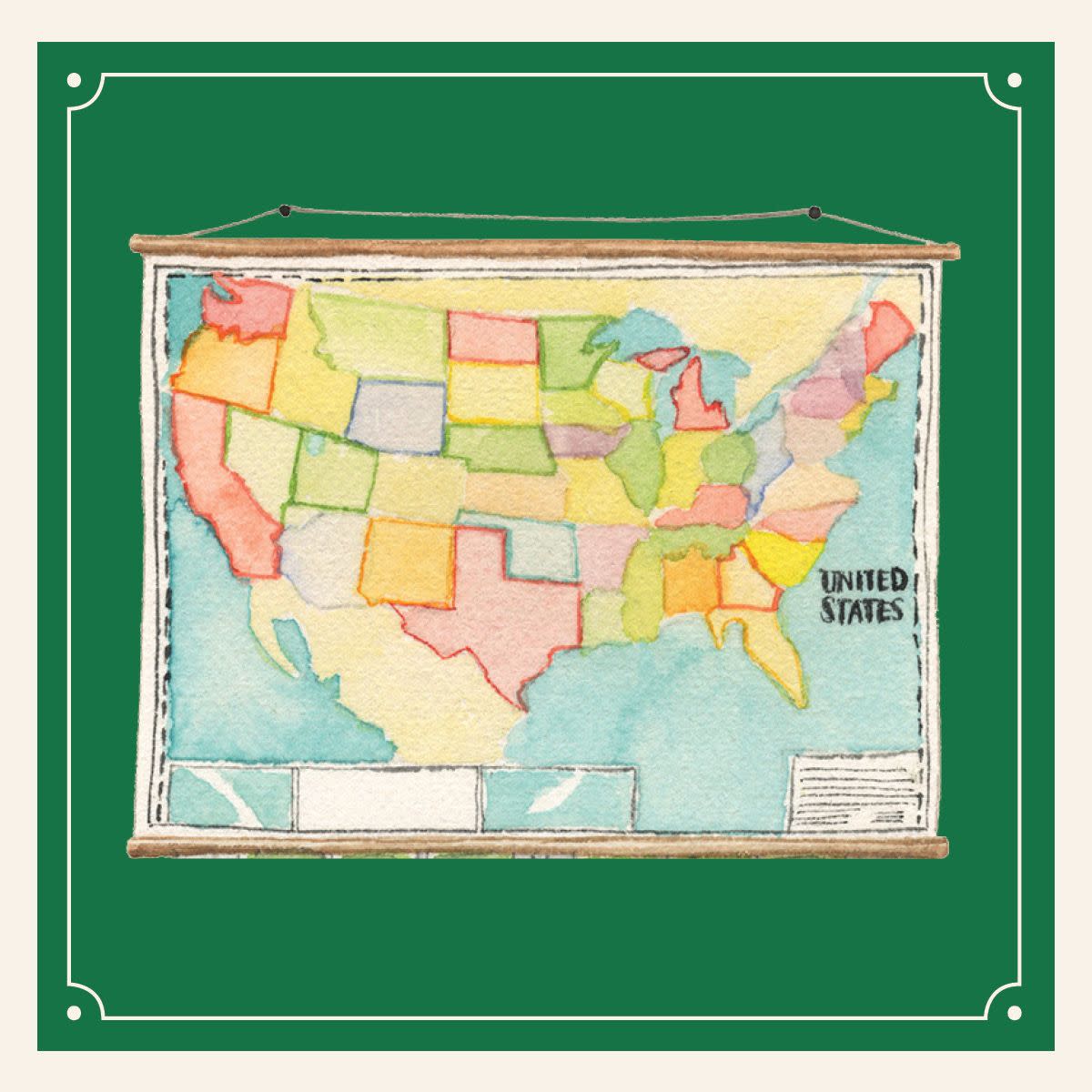
Learn How to Recognize Birdsongs
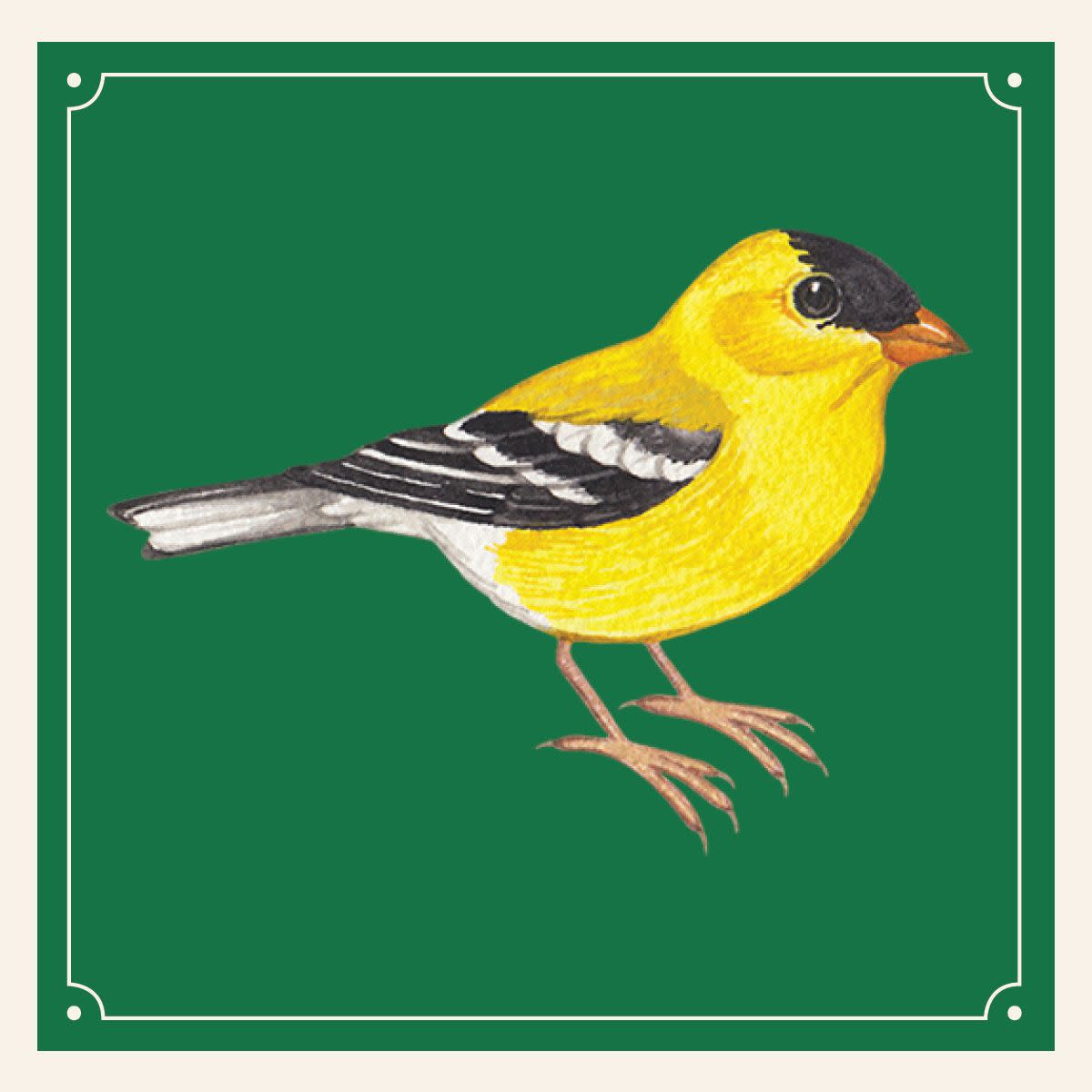
Learn What It Means When You See a Cardinal
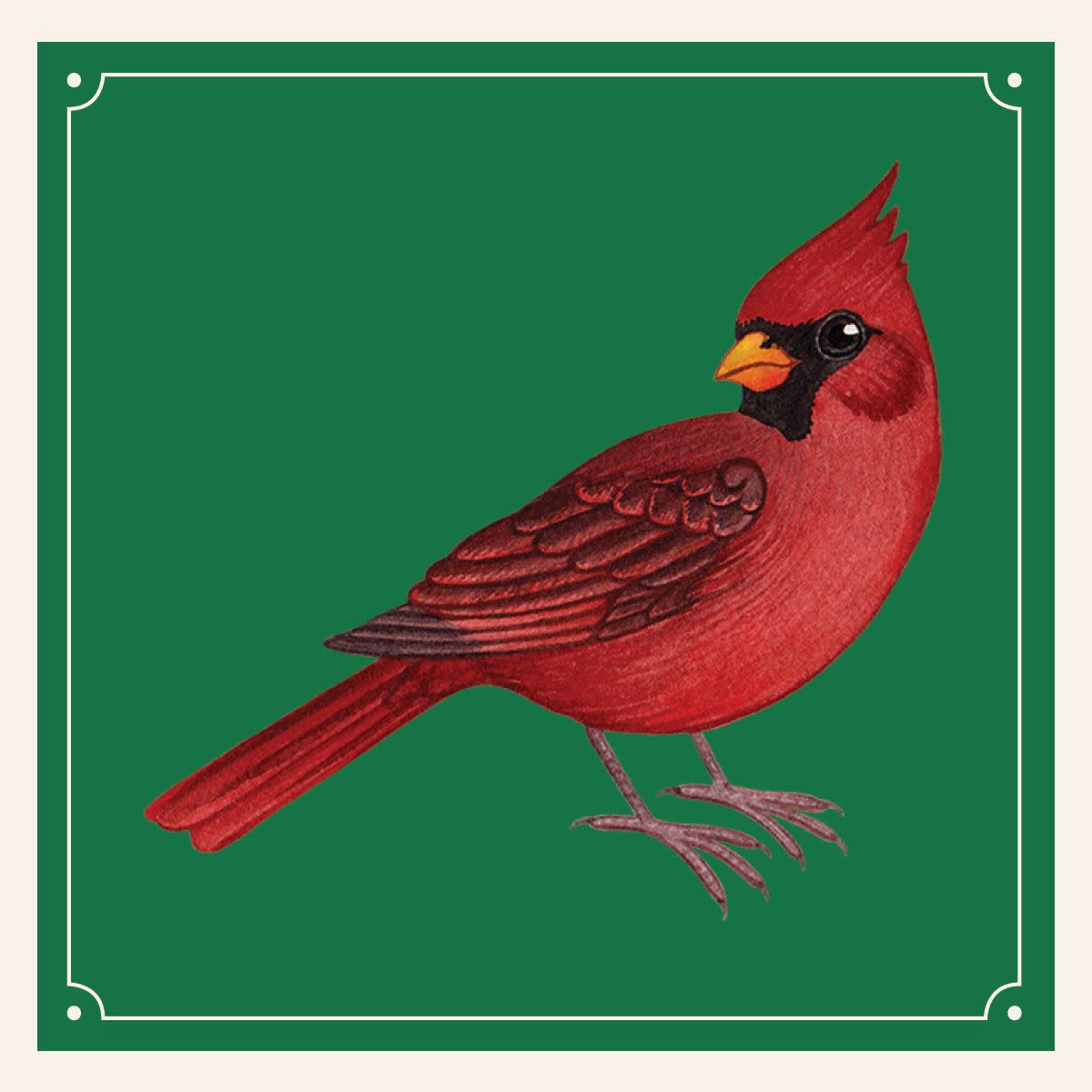
Welcome Your Flock With These Birdhouses
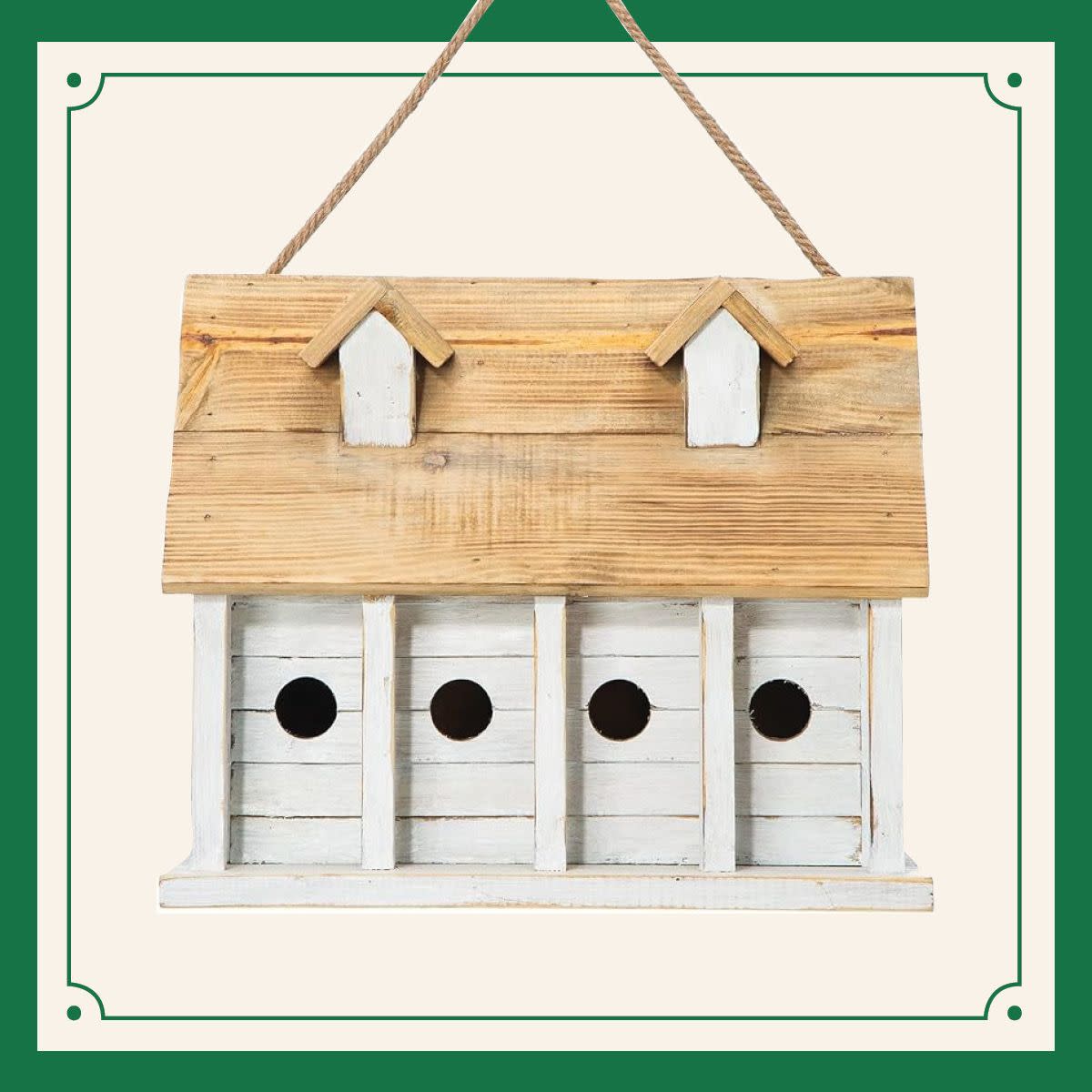
Welcome Your Flock With These Birdhouses

Plant These Flowers To Attract Hummingbirds
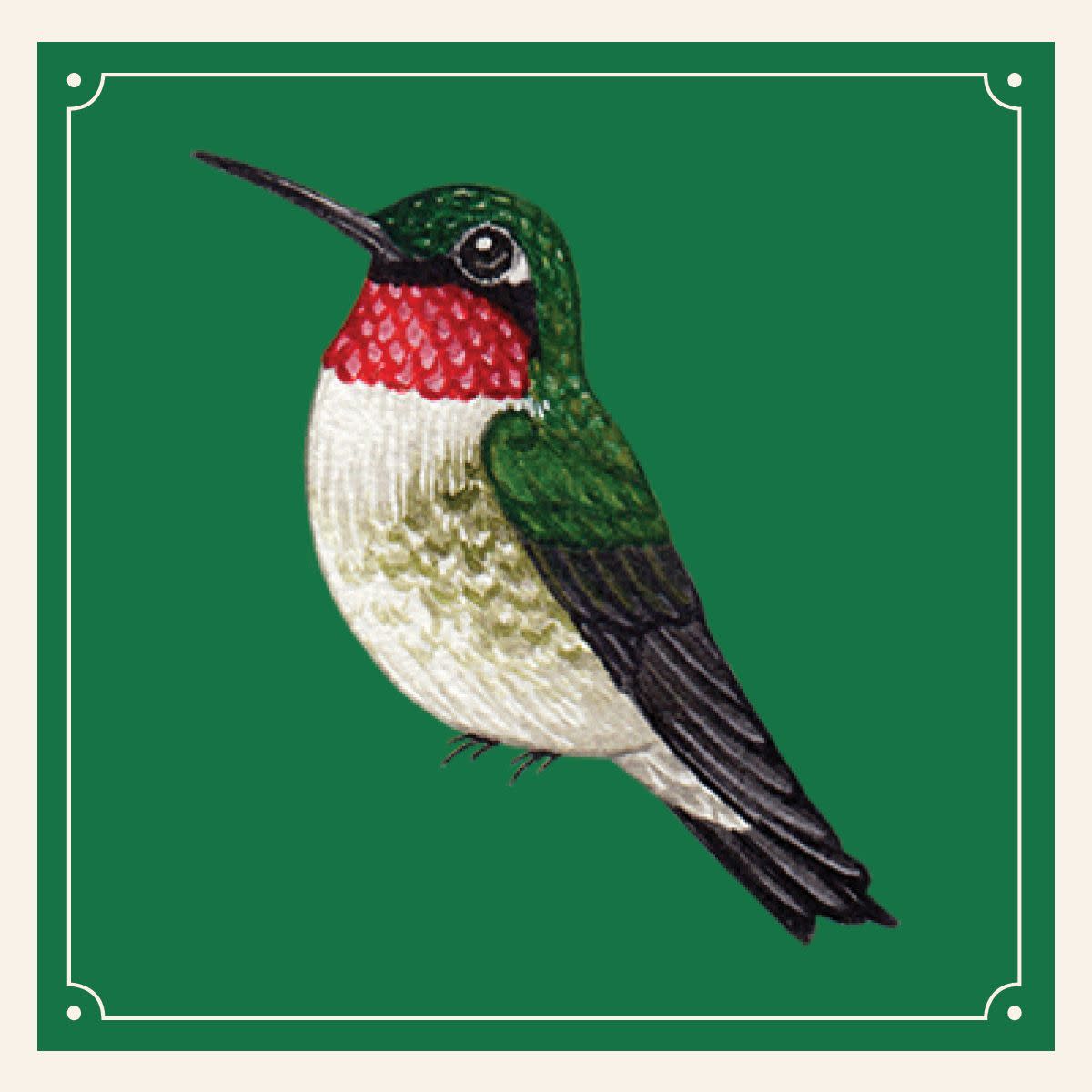
Spot More Birds With These Hands-Down Best Binoculars For Birdwatching
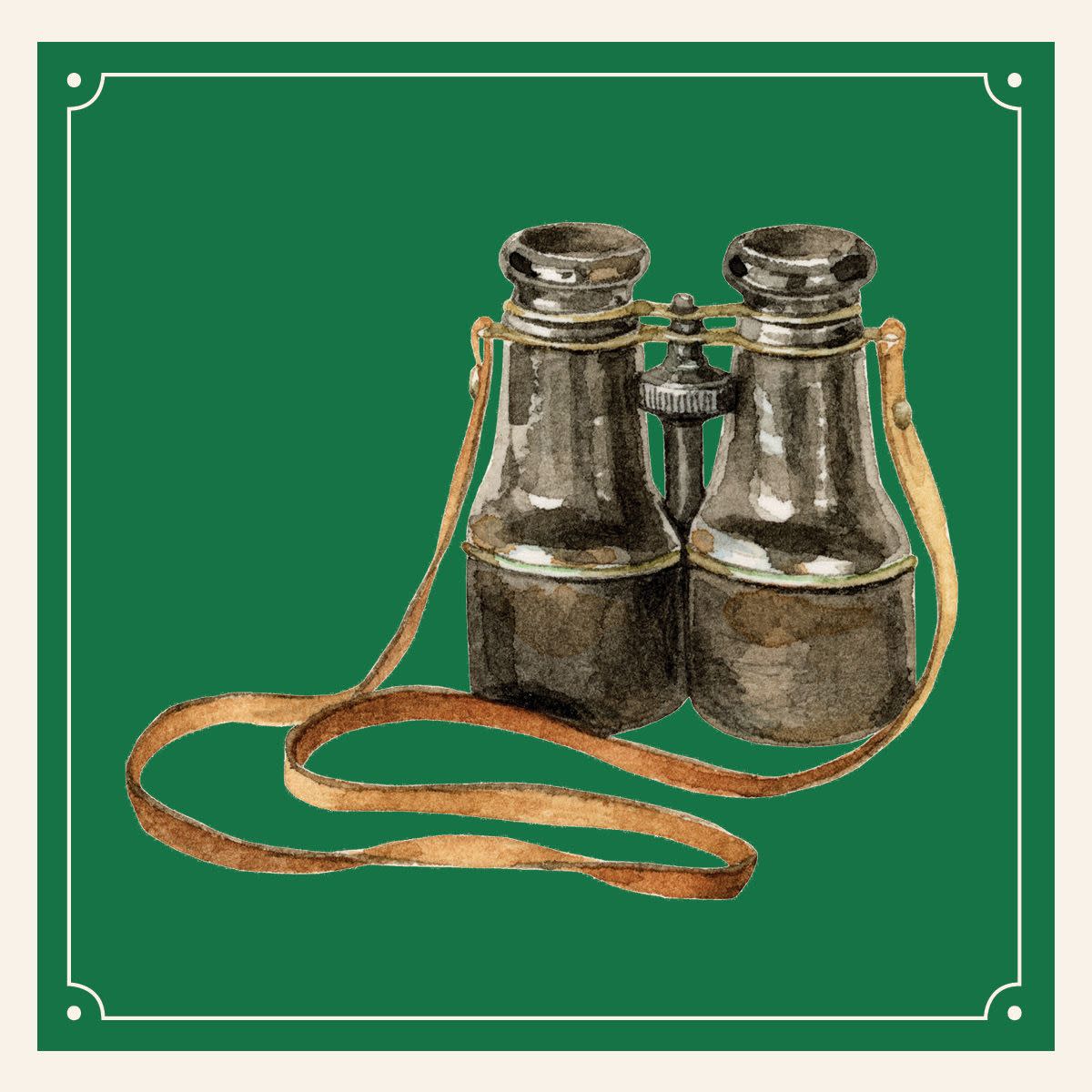
Shop These 9 Best Hummingbird Feeders
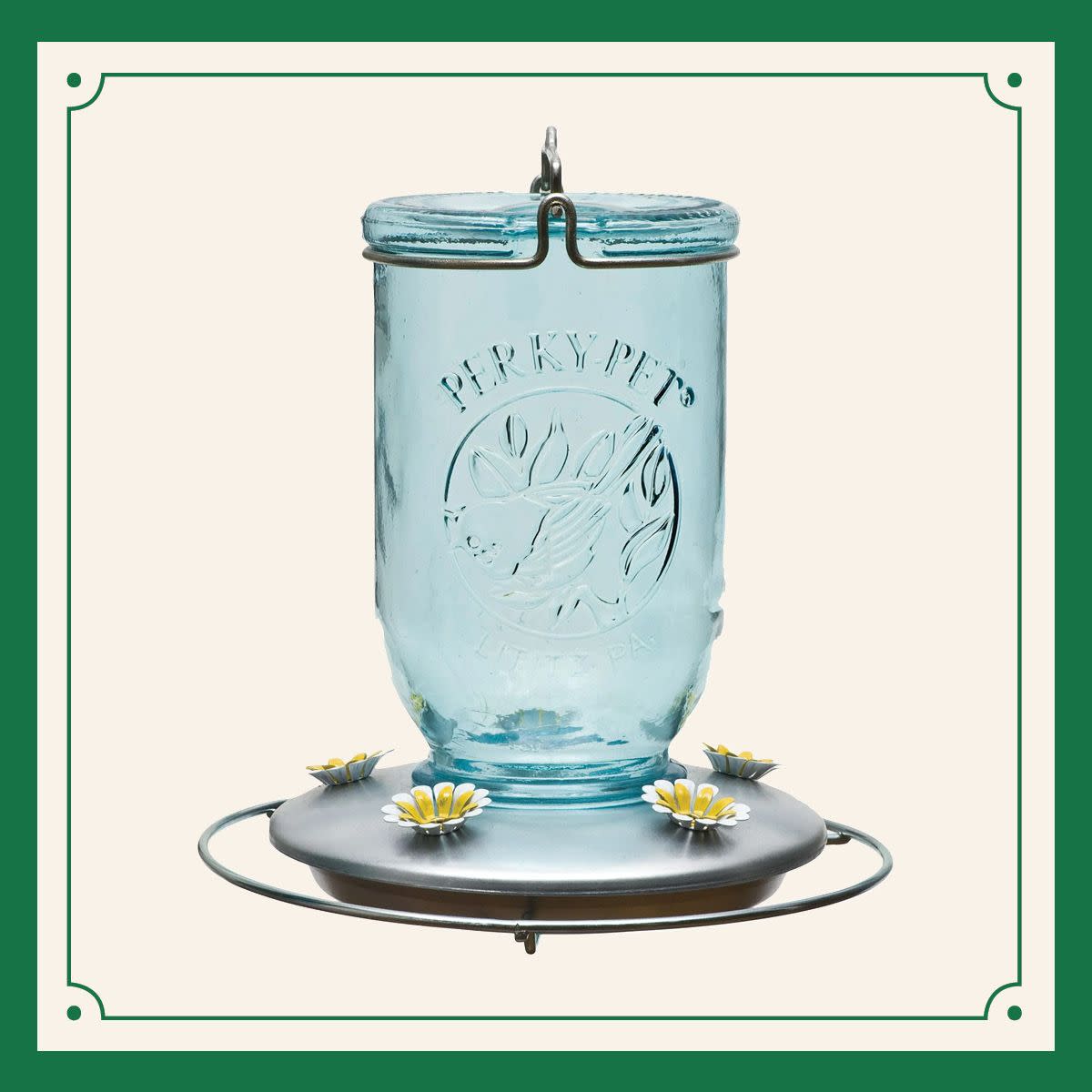
Shop These 9 Best Hummingbird Feeders

Improve Your Experience With These Hands-Down Best Birdwatching Binoculars

Capture Your Visitors With These Top-Tested Bird Feeder Cameras
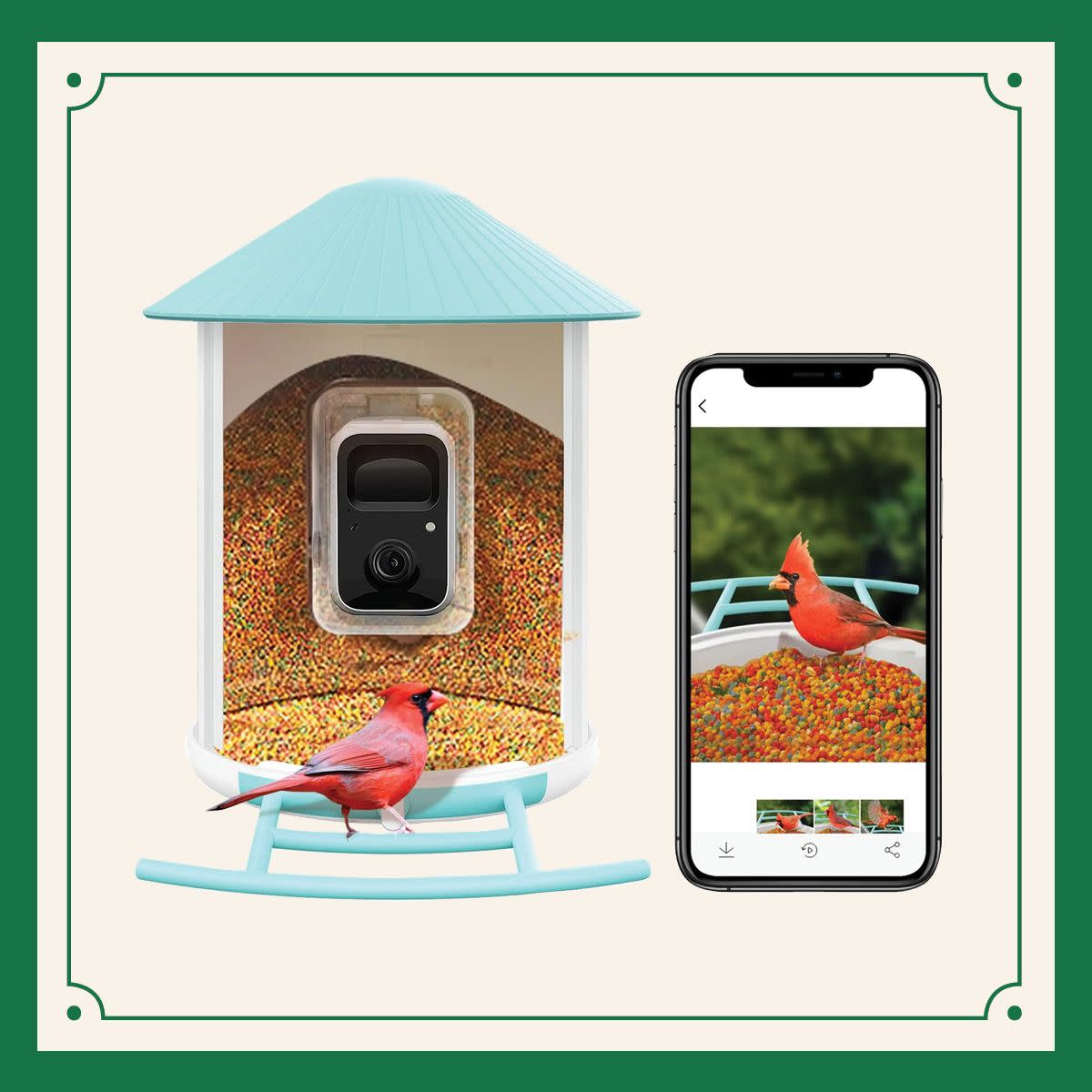
Plant These Flowers To Attract Hummingbirds

Learn What It Means When You See a Cardinal

Capture Your Visitors With These Top-Tested Bird Feeder Cameras

Learn How to Recognize Birdsongs

Make These DIY Bird Feeders
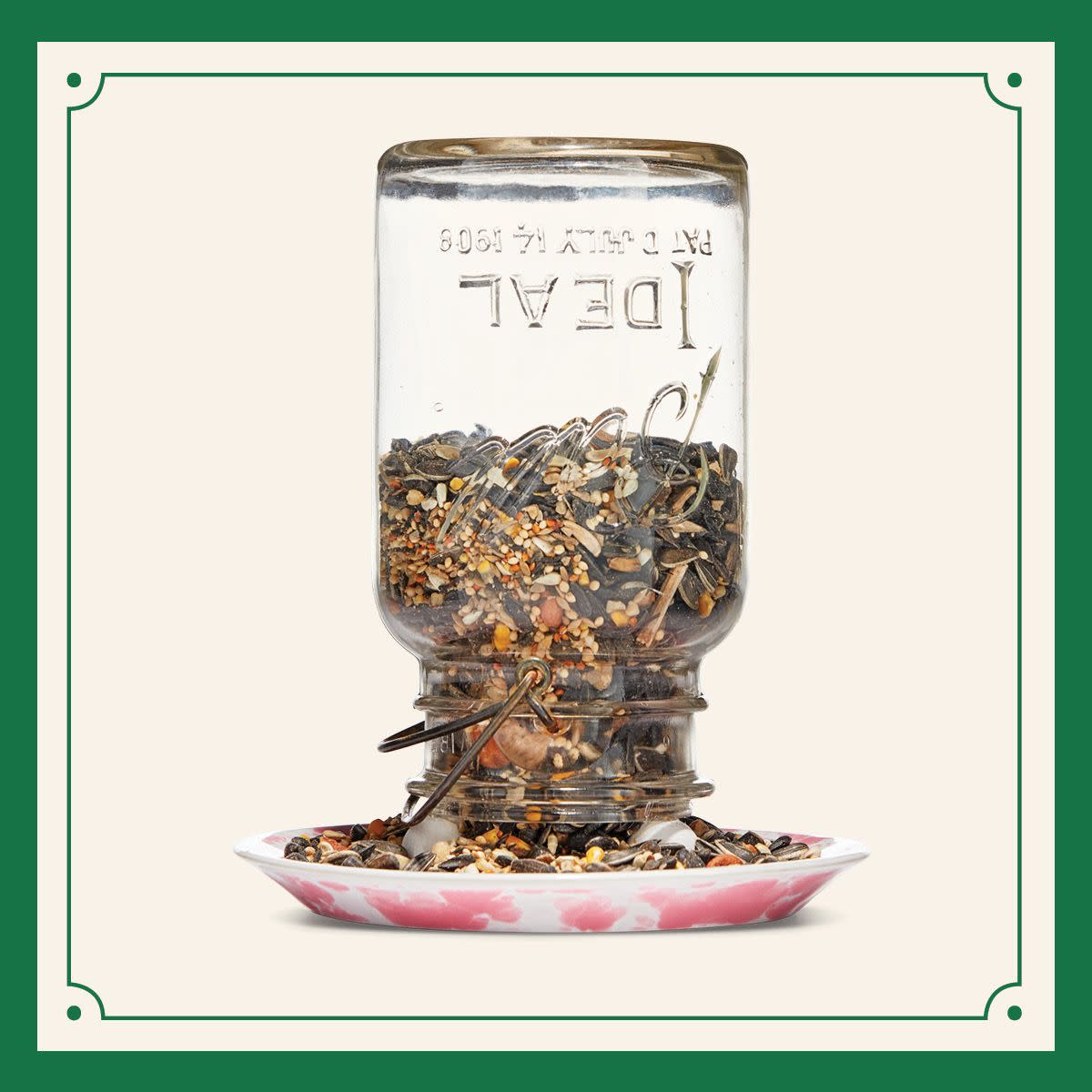
Make These DIY Bird Feeders

Plan a Trip to One of These Top 10 Best Places to Go Birdwatching in America

Treat a Birdwatcher To One of These Gifts
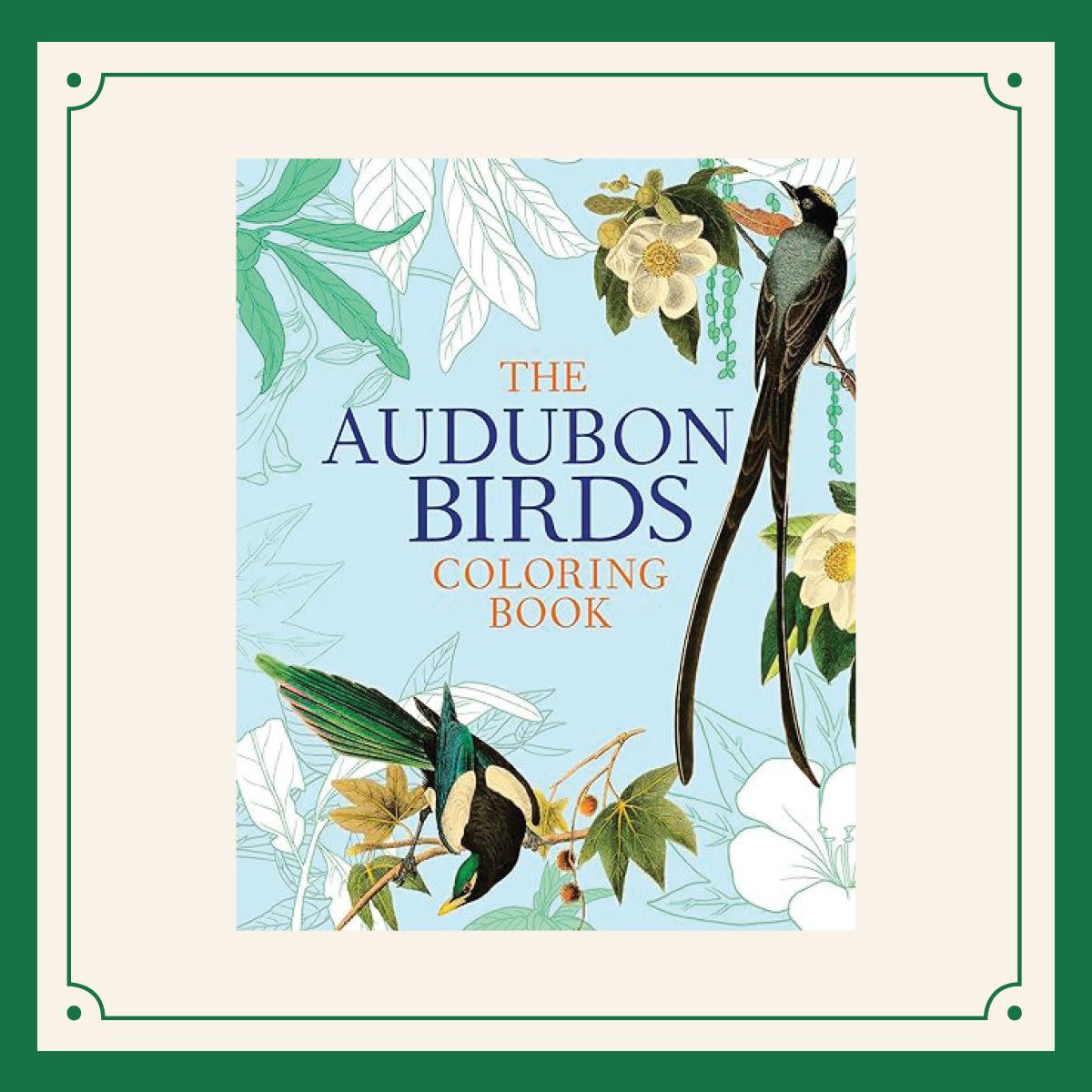
Photo Credits: Getty Images (bird videos, twigs), Kate Dolamore (bird illustrations), Melinda Josie (map illustration, binoculars illustration)
You Might Also Like
